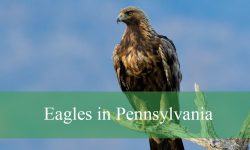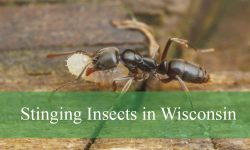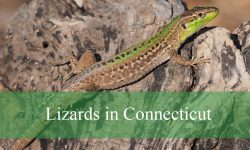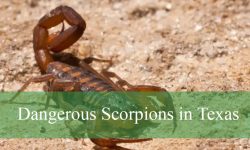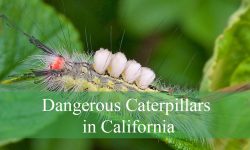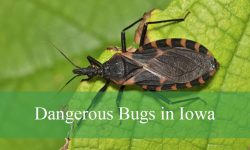Birdwatching in South Carolina offers an exciting chance to encounter some of the most striking woodpeckers in North America. Their rhythmic drumming, vibrant colors, and energetic movements make them a favorite among nature enthusiasts. From the tiny Downy Woodpecker tapping in quiet backyards to the thunderous calls of the Pileated Woodpecker echoing through pine forests, these birds bring life and sound to every woodland.
The diverse landscapes of the Palmetto State—ranging from coastal marshes to upland hardwood forests—create ideal habitats for a variety of woodpecker species. The Red-bellied and Hairy Woodpeckers often visit suburban areas, while the rare Red-cockaded Woodpecker thrives only in mature longleaf pine ecosystems under careful protection.
Every corner of South Carolina holds the potential for a thrilling sighting. Early morning walks in Congaree National Park, quiet moments in the Francis Marion National Forest, or a simple glance at a backyard suet feeder can reveal one of these fascinating birds in action. This guide introduces all eight species, helping birders recognize, locate, and appreciate the woodpeckers that call South Carolina home.
Types of Woodpeckers Found in South Carolina
Downy Woodpecker (Dryobates pubescens)
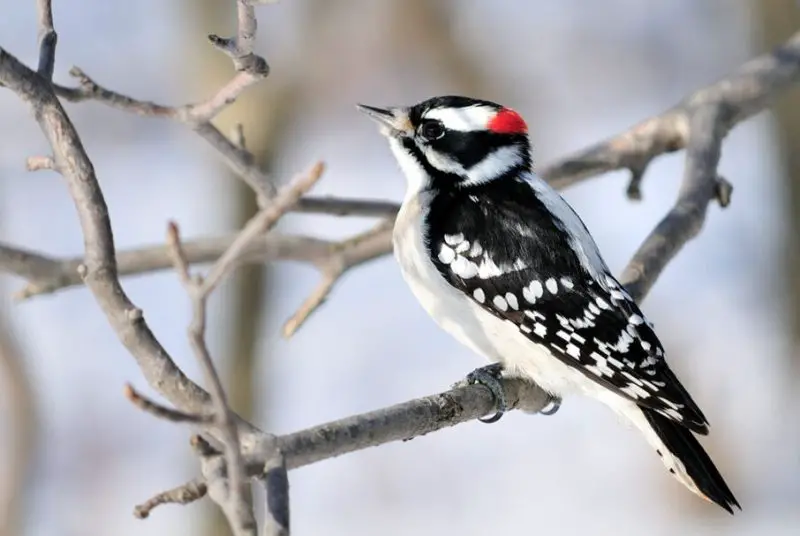
The Downy Woodpecker is the smallest and one of the most common woodpeckers in South Carolina. Measuring about 6 inches in length, this bird is easily recognized by its black and white plumage, white belly, and a small red patch on the back of the male’s head. Its compact body and short bill give it a delicate appearance compared to other woodpecker species.
This bird can be found throughout South Carolina in forests, parks, and suburban backyards. It prefers deciduous trees but is also known to visit bird feeders, especially those stocked with suet or sunflower seeds. The Downy Woodpecker adapts well to human presence and is often seen clinging to small branches or fence posts while searching for insects.
Its diet mainly consists of insects, larvae, and spiders, which it extracts from tree bark using its pointed bill. In winter, it supplements its diet with seeds and berries. The Downy Woodpecker’s foraging style is agile, as it moves quickly up and down tree trunks while tapping lightly.
During the breeding season, pairs excavate small nesting cavities in dead wood or decaying trees. Both the male and female share the responsibility of incubating eggs and feeding chicks. Their soft “pik” calls and drumming sounds are common in wooded areas from spring through summer.
The Downy Woodpecker is a year-round resident in South Carolina and can be spotted across the state. Its presence in both rural and urban areas makes it one of the most frequently observed woodpeckers, delighting birdwatchers with its lively and friendly nature.
Hairy Woodpecker (Dryobates villosus)
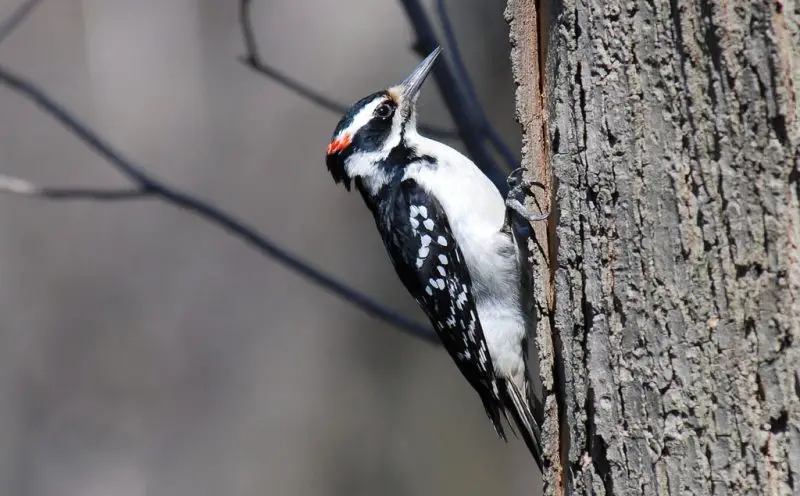
The Hairy Woodpecker looks remarkably similar to the Downy Woodpecker but is larger, measuring about 9 inches in length. It has a longer, chisel-like bill, a clean white underside, and distinct black and white striping along its wings and head. Males have a red patch on the back of the head, while females do not.
This species prefers mature forests, woodlots, and river groves throughout South Carolina. It often avoids urban areas, favoring large trees where it can drill deep into the bark in search of insects. Hairy Woodpeckers are also seen in pine forests and swampy lowlands, especially in the Coastal Plain region.
Their diet consists mainly of beetle larvae, ants, and other wood-boring insects. They play an important ecological role by helping to control insect populations that damage trees. Occasionally, they consume nuts, seeds, and berries, particularly in winter when insects are scarce.
Hairy Woodpeckers create nesting cavities in dead or decaying trees, usually higher than 10 feet off the ground. Both parents help incubate eggs and feed the young. Their sharp, whinnying calls and loud drumming are common sounds in quiet forests.
This species is a permanent resident in South Carolina, active all year long. Though less likely to visit backyards than the Downy Woodpecker, it can still appear at suet feeders, especially during colder months when natural food sources are limited.
Red-bellied Woodpecker (Melanerpes carolinus)
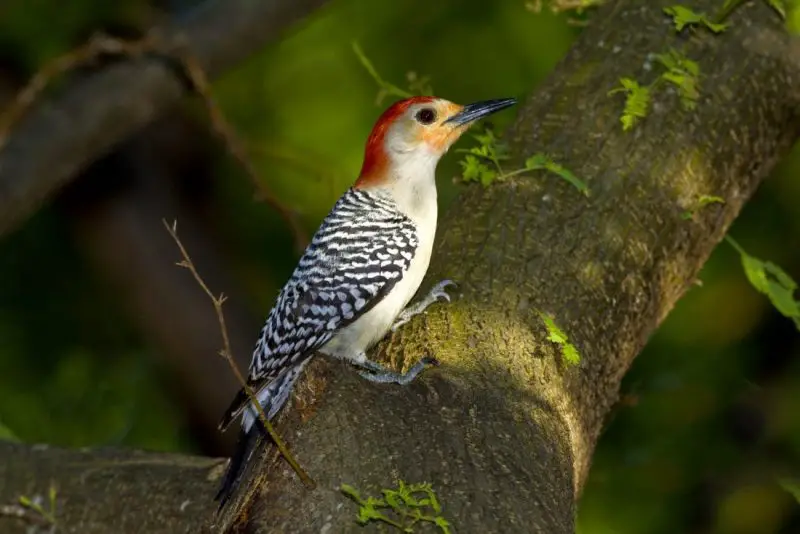
The Red-bellied Woodpecker is a medium-sized bird, about 9–10 inches long, easily recognized by its black-and-white barred back and red crown that extends from the beak to the nape. Despite its name, its red belly is usually faint and often hard to see. This species is one of the most abundant woodpeckers in South Carolina.
Red-bellied Woodpeckers thrive in forests, wooded suburbs, and city parks. They are especially common in oak and pine woodlands, where they search for insects and acorns. These birds are frequent visitors to backyard feeders, attracted by suet, nuts, and fruit.
Their diet includes insects, nuts, fruits, and even small vertebrates. They use their long tongues to extract food from tree crevices or catch flying insects. In winter, they often store food in tree holes or bark cracks for later consumption.
During breeding season, they excavate nesting cavities in dead trees or wooden poles. Both parents participate in raising the young, feeding them regurgitated insects and fruit. Their distinctive rolling “churr” call and drumming are familiar sounds in South Carolina’s wooded areas.
Red-bellied Woodpeckers are non-migratory and remain in the state year-round. Their adaptability to various habitats and tendency to visit feeders make them a favorite among birdwatchers across South Carolina.
Red-headed Woodpecker (Melanerpes erythrocephalus)
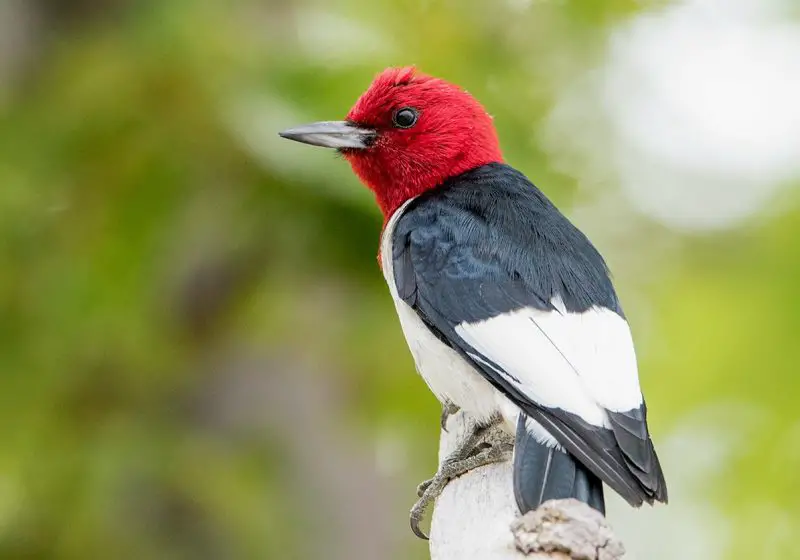
The Red-headed Woodpecker is one of the most striking woodpeckers in South Carolina. It is easily identified by its brilliant crimson head, snowy white body, and glossy black wings. Both males and females share this vibrant plumage, making it one of the few woodpeckers with no sexual dimorphism.
This species prefers open woodlands, orchards, and forest edges with scattered trees. In South Carolina, they are most commonly found in the Piedmont and Coastal Plain regions. They also frequent agricultural areas and can occasionally be seen perched on fence posts or power lines.
Red-headed Woodpeckers have a varied diet that includes insects, nuts, seeds, and fruits. They are one of the few woodpeckers known to catch insects in mid-air. Additionally, they store food in tree crevices or under bark, often covering it with wood chips for later use.
Their nesting habits involve excavating holes in dead trees or old fence posts. Both parents help incubate the eggs and feed the chicks. Their loud “kurr” calls and sharp drumming patterns make them easy to detect even from a distance.
Though populations have declined in some regions due to habitat loss, Red-headed Woodpeckers remain locally common in parts of South Carolina. Their vivid colors and energetic behavior make them a highlight for any bird enthusiast exploring the state’s woodlands.
Northern Flicker (Colaptes auratus)
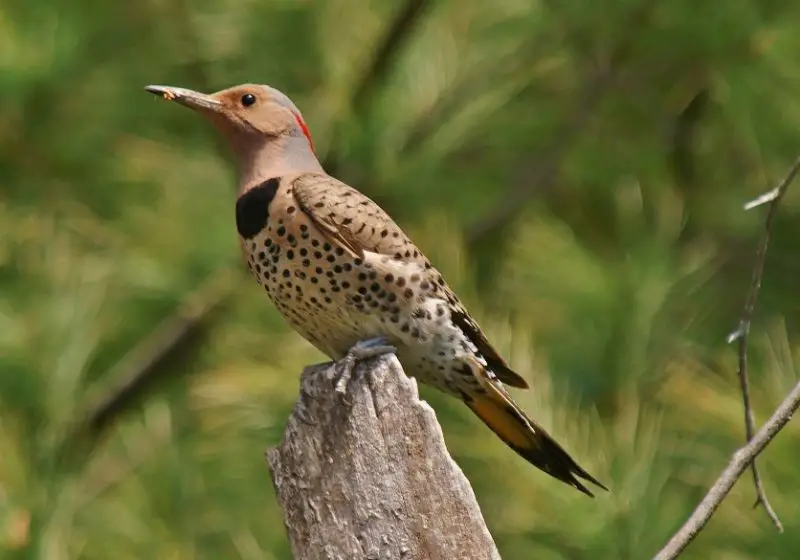
The Northern Flicker is one of the largest and most distinctive woodpeckers found in South Carolina, measuring about 12 inches long. Unlike most woodpeckers, it often forages on the ground. It has a brown body patterned with black spots, a black crescent on the chest, and a bright yellow hue under the wings and tail, characteristic of the eastern “yellow-shafted” variety.
This species inhabits open woodlands, forest edges, and suburban areas. It is often seen hopping across lawns or fields in search of ants, one of its favorite foods. Northern Flickers are adaptable and can be found in parks, orchards, and even near human settlements across the state.
Their diet primarily includes ants, beetles, and other ground insects, which they pick using their long, sticky tongue. In addition to insects, they eat fruits, berries, and seeds, especially in winter. Their foraging behavior often involves digging small holes in the soil with their bill.
During breeding season, Northern Flickers excavate cavities in dead trees or use old holes left by other woodpeckers. Both parents incubate the eggs and care for the chicks. Their loud “wick-a-wick” call and rhythmic drumming can be heard throughout the spring.
The Northern Flicker is a year-round resident in most parts of South Carolina. Its unique behaviors, striking plumage, and preference for ground feeding make it one of the most fascinating woodpeckers to observe in the region.
Pileated Woodpecker (Dryocopus pileatus)
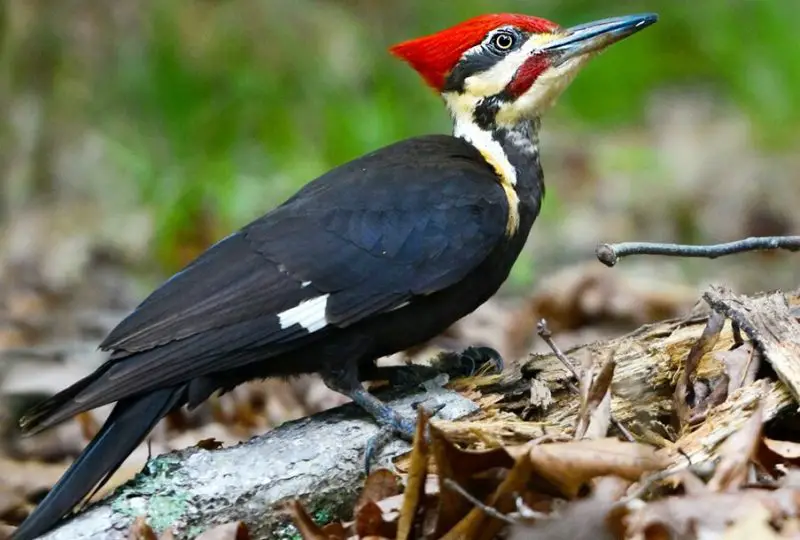
The Pileated Woodpecker is the largest woodpecker in South Carolina and one of the most impressive birds in North America. It measures up to 19 inches long with a wingspan approaching 30 inches. This striking species is instantly recognizable by its flaming red crest, bold white stripes down the neck, and mostly black body. Its powerful bill can excavate large rectangular holes in trees.
Pileated Woodpeckers inhabit mature forests, swamps, and wooded riverbanks throughout South Carolina. They prefer areas with tall, dead trees for nesting and foraging. Their presence is often revealed by loud, echoing “kuk-kuk-kuk” calls or deep, resonant drumming that carries across the woods.
Their diet primarily consists of carpenter ants and beetle larvae, which they dig out from decaying wood using their strong bills and long tongues. They also eat wild fruits, nuts, and berries, especially in winter. The rectangular holes they carve into trees are a signature mark of their feeding activity.
During the breeding season, pairs form strong lifelong bonds and cooperate in excavating nesting cavities in dead trees. Both parents share duties in incubating the eggs and feeding the young. These large cavities often provide future homes for other species like owls, bats, and songbirds.
Pileated Woodpeckers are permanent residents in South Carolina’s forests and are seen year-round. Their size, striking appearance, and loud drumming make them one of the most spectacular and unforgettable birds in the state’s woodlands.
Yellow-bellied Sapsucker (Sphyrapicus varius)
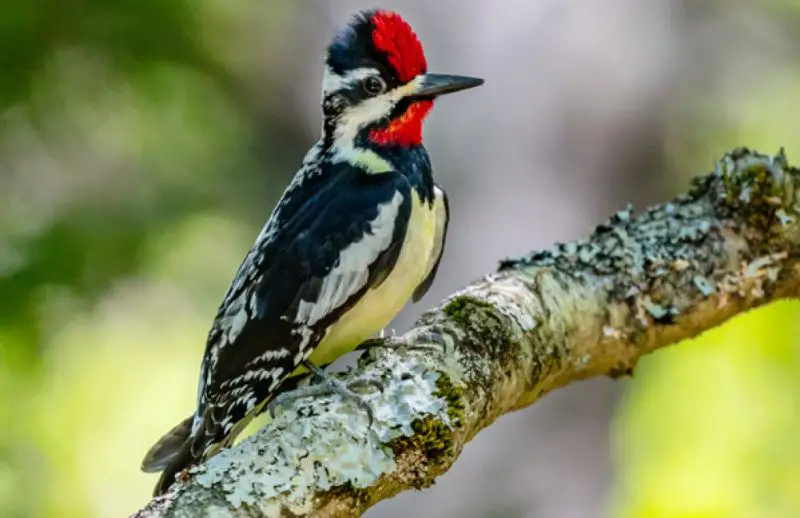
The Yellow-bellied Sapsucker is a migratory woodpecker that visits South Carolina mainly in the fall and winter months. It is medium-sized, around 8 to 9 inches long, and has a patterned black-and-white back, red forehead, and pale yellowish belly. Males have an additional red throat patch, while females have white throats.
This species inhabits wooded areas, orchards, and forest edges during its stay in South Carolina. It prefers deciduous trees such as maple, birch, and pine, where it drills neat rows of small holes to access sap. These sap wells attract not only sapsuckers but also insects and other animals that feed on the sweet fluid.
Its diet includes tree sap, insects, and fruits. The Yellow-bellied Sapsucker licks sap from the holes it creates using its specialized brush-tipped tongue. It may revisit the same trees repeatedly, maintaining the sap wells throughout the season.
During spring and summer, these woodpeckers migrate northward to breed in Canada and the northeastern United States. They nest in cavities excavated in aspen or birch trees, where both parents share responsibilities of incubation and feeding.
In South Carolina, Yellow-bellied Sapsuckers are winter residents, easily spotted by the unique pattern of holes they leave behind on tree trunks. Their quiet tapping and distinctive behavior make them fascinating seasonal visitors to the state’s forests.
Red-cockaded Woodpecker (Dryobates borealis)
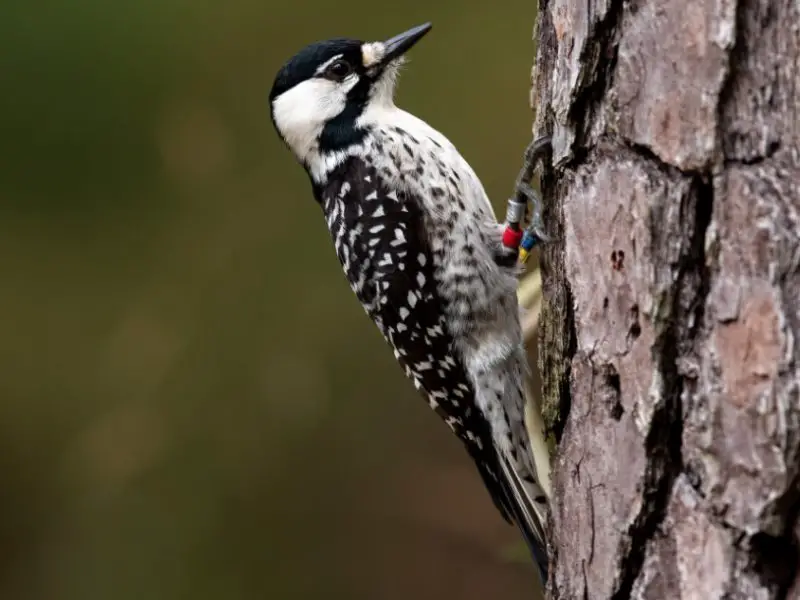
The Red-cockaded Woodpecker is one of the rarest and most distinctive woodpeckers in South Carolina. Measuring about 8 inches in length, it has black-and-white barred plumage and a clean white cheek patch. Males display a small red streak, or “cockade,” behind the eye, though it is often hard to see.
This endangered species inhabits mature pine forests, particularly longleaf pine ecosystems found in the Coastal Plain and Sandhills regions. It prefers old pines with red heartwood decay, which allows for easier cavity excavation. Unlike most woodpeckers, it digs its nesting and roosting holes in living pine trees rather than dead ones.
Its diet consists mainly of insects such as ants, beetle larvae, and termites. It also eats pine seeds and small fruits. The Red-cockaded Woodpecker forages by climbing tree trunks and probing bark crevices, often leaving visible resin flows around nest holes that deter predators.
This bird lives in cooperative family groups that defend a cluster of cavity trees known as a “cluster.” Each group works together to raise young, with some individuals serving as helpers. This social structure is one of the most fascinating aspects of its biology.
Conservation efforts have been crucial for the survival of the Red-cockaded Woodpecker in South Carolina. Protected areas like the Francis Marion National Forest host stable populations, and ongoing habitat restoration continues to help this iconic species recover from near extinction.
Best Time and Places to See Woodpeckers in South Carolina
South Carolina is a year-round haven for woodpeckers, with its rich mix of pine forests, hardwood swamps, and suburban green spaces providing ideal habitats. Most species can be observed throughout the year, but certain months and regions offer particularly rewarding opportunities for birdwatchers.
The best time to observe woodpeckers in South Carolina is during spring and early summer (March to June), when birds are highly active and vocal during breeding season. During this period, males drum frequently to attract mates, and their distinctive calls echo through the forests. Early mornings are ideal for sightings, as woodpeckers are most active while foraging for insects.
For locations, the Francis Marion National Forest near Charleston is one of the top destinations, known for hosting rare Red-cockaded Woodpeckers. Congaree National Park in central South Carolina offers excellent opportunities to spot Pileated and Red-bellied Woodpeckers among ancient cypress trees. Suburban areas, city parks, and backyard feeders across the state also attract Downy and Red-bellied Woodpeckers, especially in winter.
In coastal regions, longleaf pine ecosystems support stable populations of the endangered Red-cockaded Woodpecker. Meanwhile, upland oak-pine forests in the Piedmont and mixed hardwood forests of the Upstate are home to Hairy, Northern Flicker, and other species year-round. With a good pair of binoculars and patience, you can spot nearly all of South Carolina’s eight native woodpeckers within a single season.
FAQs about Woodpeckers in South Carolina
What kind of woodpeckers are common in South Carolina?
The most common woodpeckers in South Carolina include the Downy Woodpecker, Red-bellied Woodpecker, and Northern Flicker. These species are frequently seen in both urban and rural areas. The Pileated Woodpecker and Hairy Woodpecker are also widespread in forested habitats across the state.
Are woodpeckers in South Carolina active all year?
Yes, most woodpeckers in South Carolina are non-migratory and remain active throughout the year. However, the Yellow-bellied Sapsucker is a winter visitor, arriving in the state around October and departing by April to breed in northern regions.
Where can I see the endangered Red-cockaded Woodpecker?
You can spot the Red-cockaded Woodpecker in Francis Marion National Forest, Carolina Sandhills National Wildlife Refuge, and Fort Jackson. These areas maintain protected longleaf pine forests that are critical for the survival of this rare species.
What do woodpeckers in South Carolina eat?
Woodpeckers primarily feed on insects, such as ants and beetle larvae, which they extract from tree bark using their strong bills and long tongues. They also eat nuts, fruits, seeds, and tree sap, depending on the species and season.
How can I attract woodpeckers to my backyard in South Carolina?
To attract woodpeckers, offer suet, peanuts, or sunflower seeds in feeders and plant native trees like oak or pine that harbor insects. Leaving dead or decaying trees standing, when safe, also provides natural nesting and foraging sites. A consistent water source such as a birdbath can further increase your chances of sightings.

